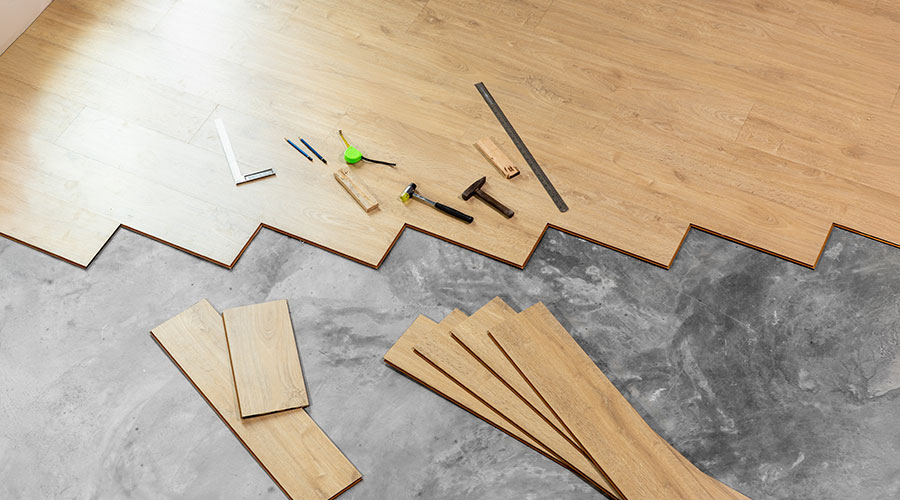Understanding Key Flooring Characteristics Leads to Long-Term Benefits
Carpeting and hard-surface flooring are among the most visible elements of institutional and commercial facilities. Occupants and visitors see them and use them during their entire time in a building. For these reasons — and the costs involved in specifying, installing, and maintaining flooring — maintenance managers must make smart decisions to ensure these products perform as expected and remain aesthetically pleasing.
The two biggest causes of flooring failures are improper installation and using the wrong product in the wrong place. The chief reason for both types of failure is ignorance. Flooring generally is a mystery to managers, and proper specification, selection, and installation can be even more mysterious.
Unless managers understand the products, the conditions in which these products must perform, installation conditions, and the installation process, problems are inevitable.
Bumps in the Road
To avoid poor performance, poor appearance, and shortened performance life in specifying carpet and flooring, managers need to avoid a host of potential problems. For carpet, these mistakes include: the wrong, color — too light or dark; the wrong pattern — tufted woven or printed; the wrong style — cut, loop, or cut and loop; the wrong construction — tufted, woven, loop or cut. Mistakes also can involve an improper backing system, texture, or installation system.
For hard-surface flooring, mistakes most often involve the wrong type, color, material, or surface texture. For all types of flooring materials, overlooking any one of several considerations can lead to failure and monetary loss. Managers must pay attention to the substrate's condition by being aware of moisture, alkalinity, curing compounds and foreign substances. They also must be aware of ambient conditions of the space, including the operation of the HVAC system.
Similarly, managers need to consider the extent to which flooring lends itself to long-term sustainability. Certain pre- and post-installation issues also are important. Is the installation contractor experienced in installing and working with the selected materials? What strategies in place will protect flooring from soil tracked into the building and from general wear and tear?
Related Topics:












